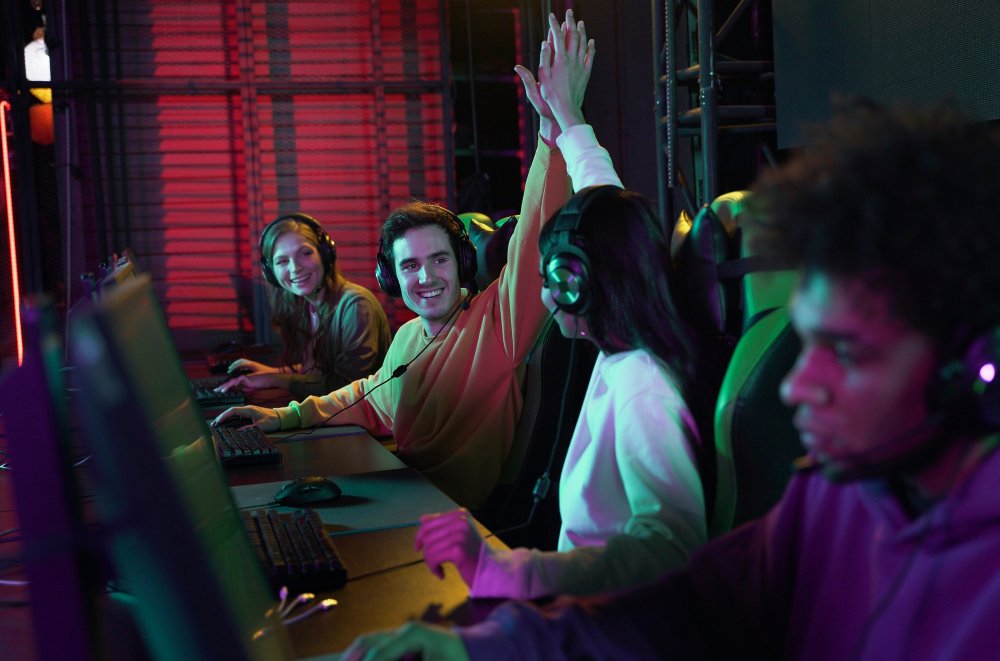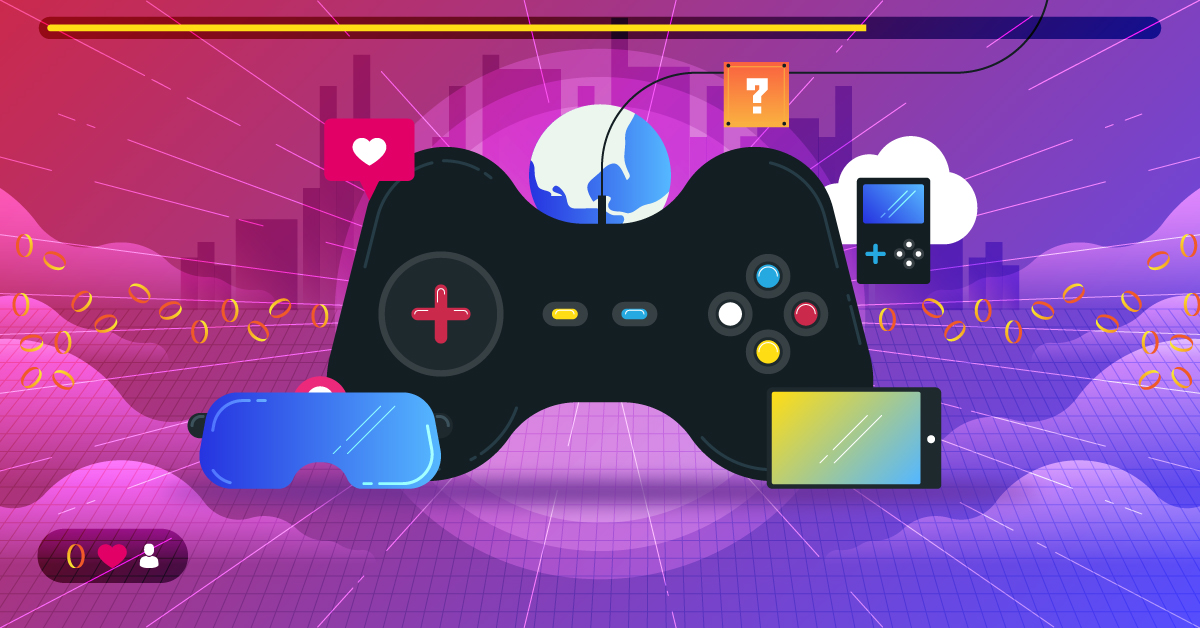
The Evolution of Gaming Industry
Historical background of gaming
The gaming industry has a rich and diverse historical background that dates back to the early 1970s. The advent of the first arcade game, “Pong,” marked the beginning of a new era in entertainment. Over the decades, consoles like the Atari 2600 and Nintendo Entertainment System brought gaming into homes, transforming it into a mainstream activity. As a child of the ’80s, I fondly remember spending hours battling in “Super Mario Bros.” and feeling a sense of accomplishment with every level I conquered.
Gaming continued to evolve through the ’90s and early 2000s, with the emergence of 3D graphics and localized multiplayer experiences. The rise of the internet further revolutionized how people interacted with games, creating communities around popular titles.
Technological advancements driving industry growth
Today, technological advancements serve as the backbone of gaming’s explosive growth. Key innovations include:
- High-definition graphics: Enhancing visual experiences significantly.
- Cloud gaming: Allowing instant access to games without heavy downloads.
- Mobile technology: Making gaming accessible to a broader audience with smartphones.
These advancements have expanded gaming’s reach, allowing it to flourish as both a form of entertainment and a multimillion-dollar industry, continually reshaping the landscape of modern culture.
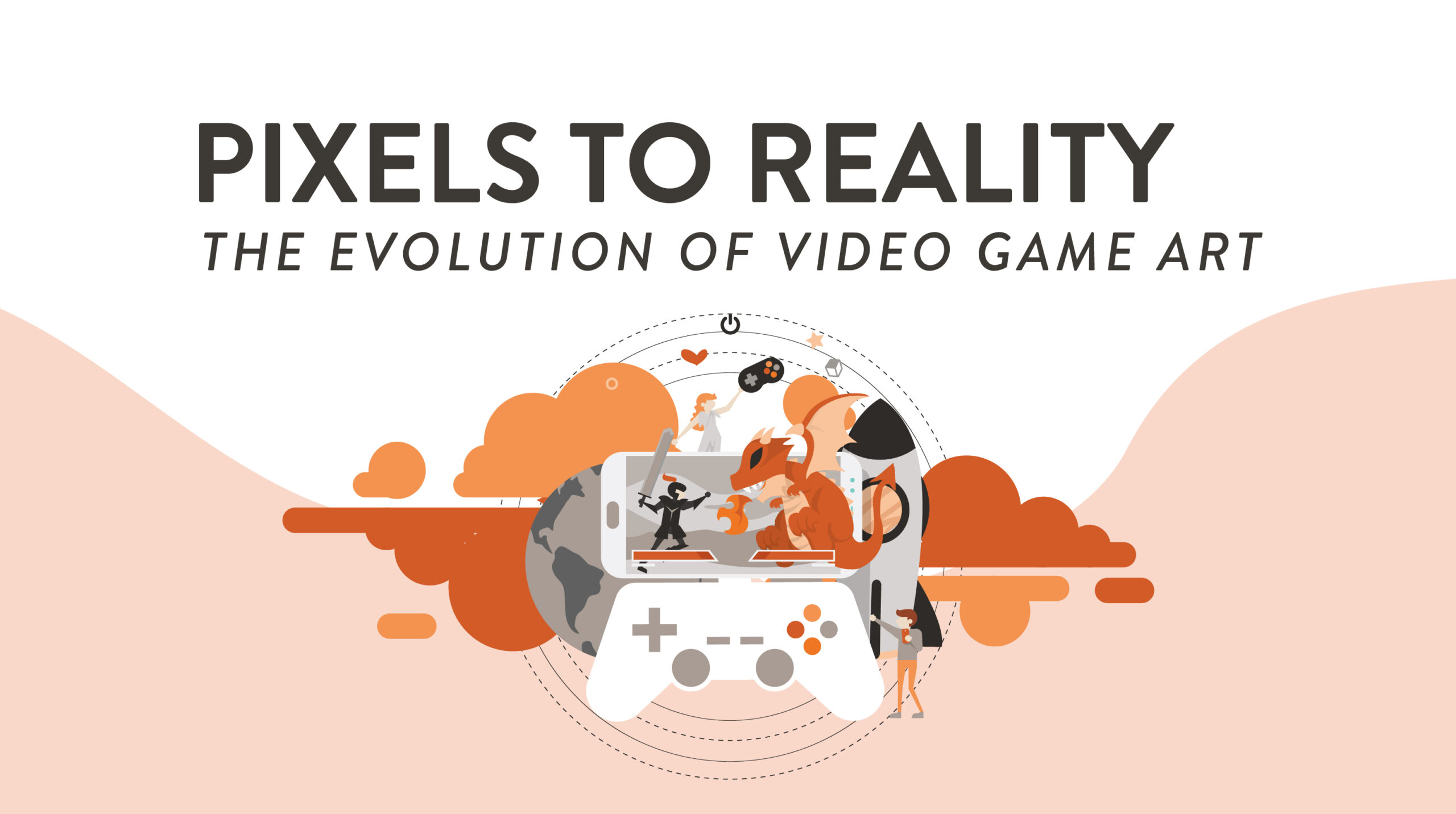
Gaming as a Cultural Phenomenon
Influence on popular culture
Transitioning from its humble beginnings, gaming has matured into a dominant force in popular culture. Icons like Mario, Link, and more recent protagonists from franchises like “The Last of Us” have permeated various cultural mediums. I vividly remember attending a costume party where half the guests dressed as their favorite video game characters.
The influence is profound—video games have inspired movies, music, and even fashion trends. Notable examples include:
- Film Adaptations: Movies like “Warcraft” and “The Witcher” bring beloved games to the big screen.
- Music Collaborations: Artists such as Marshmello and Lil Nas X have collaborated with game developers to launch dance challenges on platforms like Fortnite.
Societal impact and trends
Moreover, gaming has sparked important societal discussions, from diversity in character representation to mental health awareness. The rise of streaming platforms has given gamers a voice, fostering communities that advocate for various causes.
Key trends shaping the societal impact of gaming include:
- Increased Awareness: Games often tackle complex themes related to leadership and morality.
- Inclusivity Movements: There’s a growing push for more representation in-game narratives and characters.
Gaming is no longer just a pastime; it is a powerful medium shaping cultural narratives and societal values.

Representation and Diversity in Gaming
Gender and racial diversity in games
Building on the cultural influence of gaming, representation and diversity play a crucial role in shaping narratives and player experiences. Historically, video games have been critiqued for their lack of gender and racial diversity, often portraying stereotypical characters. However, recent years have witnessed a transformative shift with games like “Overwatch” and “The Last of Us Part II,” which feature diverse characters not only in terms of race but also gender identity and sexuality.
Personal experience has shown me the power of representation; seeing strong, diverse characters allows players to feel more connected and less isolated. Studies suggest that diverse character options lead to a more inclusive gaming community.
Importance of inclusive gaming environments
Creating inclusive gaming environments goes beyond character representation—it’s about fostering communities that celebrate diversity. Here’s why it matters:
- Encourages Participation: An inclusive environment attracts a wider audience.
- Enhances Creativity: Diverse perspectives lead to richer storytelling and innovative gameplay.
As gaming continues to evolve, embracing diversity will be essential not just for the industry’s growth, but for creating a space where everyone feels welcome and valued.
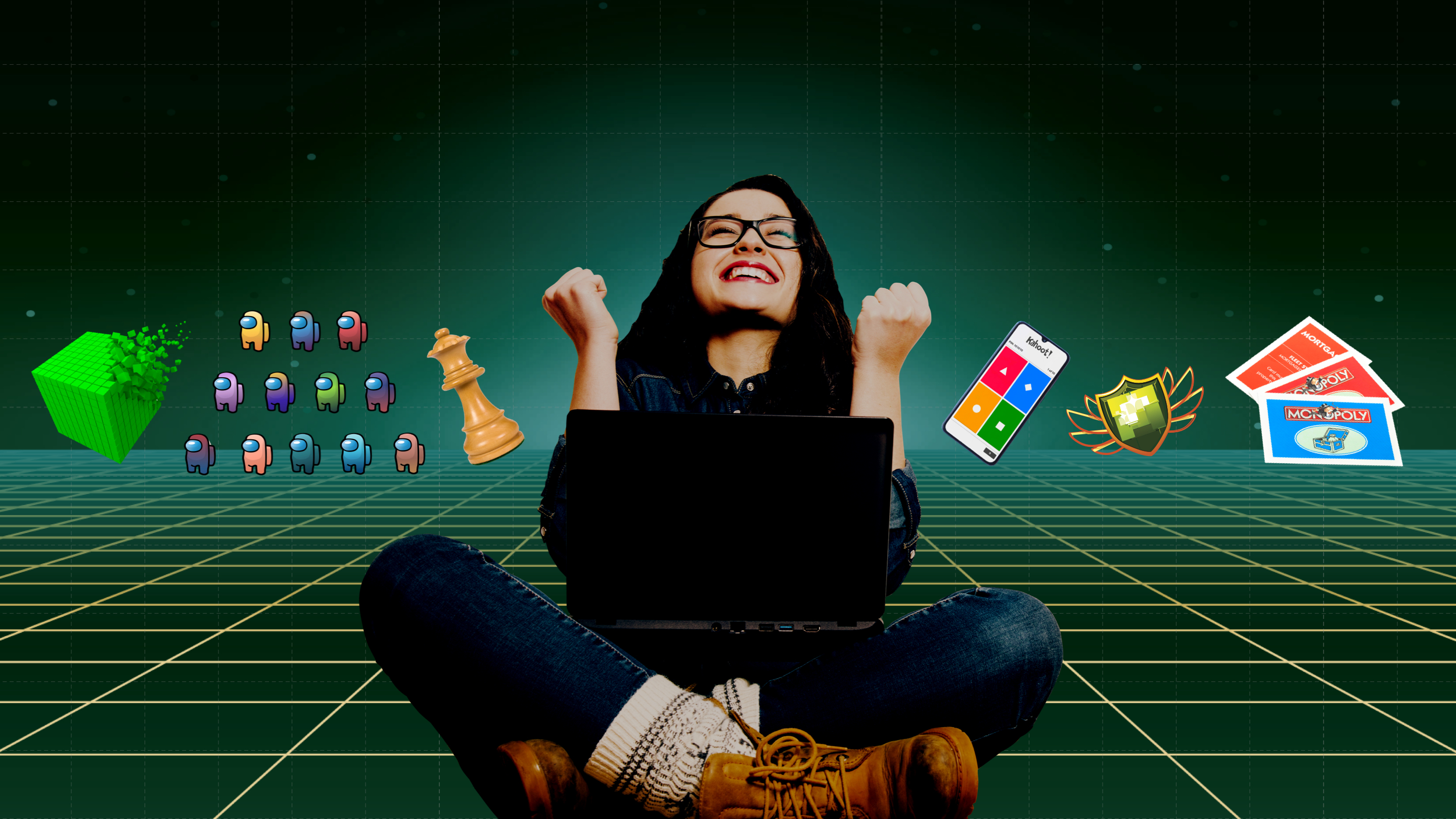
Virtual Communities and Connections
Social interactions in online gaming
Continuing from the importance of representation and diversity, gaming also serves as a powerful platform for social interactions. Online gaming has transcended geographical boundaries, allowing players to connect and communicate in ways that were unimaginable just a few decades ago. I remember the thrill of joining a multiplayer match in “World of Warcraft,” teaming up with players from different countries. It felt like we formed a global village right in the virtual world.
When it comes to social interactions, online gaming offers:
- Voice chat and text messaging: These features break down barriers and facilitate real-time communication.
- Collaborative gameplay: Co-op missions foster teamwork and camaraderie among players.
Building relationships through gaming platforms
Moreover, gaming platforms cultivate long-lasting friendships. Many players meet online and develop bonds that extend beyond the screen. Whether through shared strategies or celebrating achievements together, these connections are genuine. One of my closest friends today is someone I met in an online game five years ago!
Building relationships via gaming enhances the sense of community and belonging, making it an essential aspect of the modern gaming experience. In a world that often feels disconnected, gaming offers a unique way to forge real connections.

Education and Skills Development through Gaming
Gamification in academic settings
Transitioning from virtual communities, the impact of gaming extends into education, where gamification has taken center stage. With the increasing recognition of its benefits, many educators are incorporating game elements into their curricula. I recall a high school history class where we played a role-playing game simulating historical events; it transformed learning into an engaging adventure.
Key aspects of gamification in education include:
- Point systems and rewards: Students earn points for completing tasks, encouraging active participation.
- Interactive challenges: Game-inspired quizzes and problem-solving tasks make learning fun and competitive.
Development of cognitive skills and problem-solving abilities
Furthermore, gaming plays a significant role in enhancing cognitive skills and problem-solving abilities. Many games require strategic thinking and quick decisions, which are excellent practice for real-life scenarios. For instance:
- Puzzle games like “Portal” challenge players to think critically and devise solutions.
- Simulation games such as “SimCity” teach resource management and planning skills.
Engaging with these elements not only fosters academic growth but also prepares players for challenges in their personal and professional lives. The intersection of gaming and education highlights its transformative potential, turning learning into an exciting experience.

Addressing Concerns: Addiction and Violence
Impact of gaming addiction
As we explore the educational benefits of gaming, it’s essential to address valid concerns surrounding addiction and potential violence. Gaming addiction is a real issue that can affect individuals, leading to negative consequences in personal and social lives. My cousin, for example, became so engrossed in a popular multiplayer game that his academic performance suffered dramatically.
The impact of gaming addiction can manifest in various ways:
- Neglect of responsibilities: Players may overlook schoolwork or job duties.
- Social isolation: Excessive gaming can sever ties with friends and family.
Awareness and moderation are crucial for maintaining a healthy balance.
Debunking myths about violence in video games
Additionally, the myth that video games inherently promote violence is often overstated. Research indicates that while some games contain aggressive content, there’s no solid evidence linking gaming to real-world violence. Instead, many gamers are empathetic individuals who enjoy gaming as a form of escapism and social interaction.
It’s vital to recognize that:
- Context matters: Not all games glorify violence.
- Player behavior: Personal circumstances, rather than game content, often drive negative actions.
By considering these factors, we can foster a more informed understanding of gaming’s place in society.
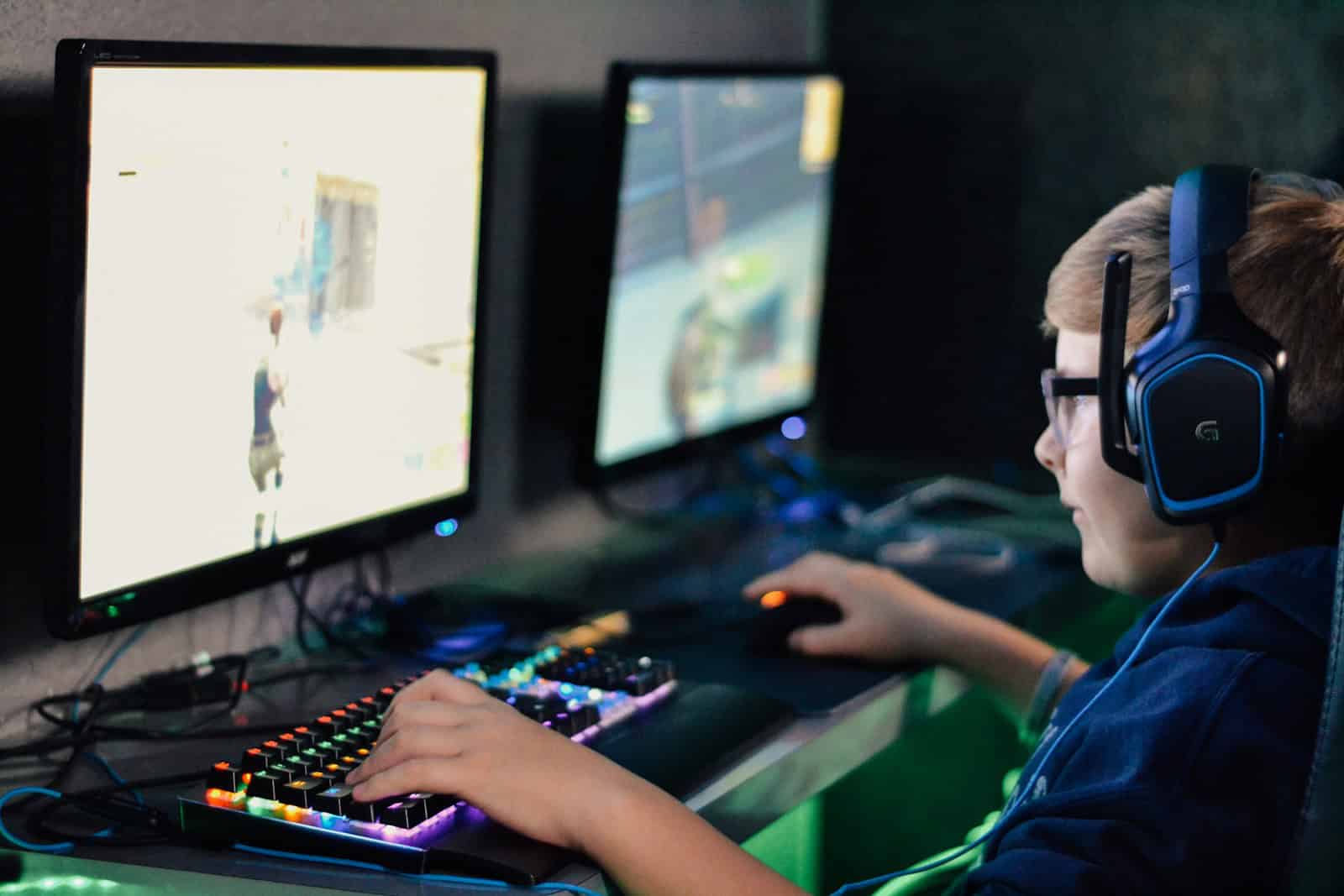
Future Trends and Innovations in Gaming
Virtual reality and augmented reality gaming
Building on the previous discussions about gaming’s implications, let’s look forward to the exciting innovations shaping the industry. Virtual reality (VR) and augmented reality (AR) are leading the charge in redefining gaming experiences. I vividly remember trying out a VR headset for the first time and being completely immersed in a fantastical realm where I could physically dodge obstacles and interact with the environment.
Key features of VR and AR include:
- Immersive gameplay: Players are transported into game worlds as if they were physically present.
- Enhanced interactivity: AR allows players to interact with digital elements in the real world, creating hybrid experiences.
Esports and its growing popularity
Moreover, the rise of esports has turned gaming into a highly competitive, spectator-friendly event. Tournaments like “The International” for Dota 2 and the “League of Legends” Championship attract millions of viewers and have spawned professional gaming careers.
Noteworthy points about esports include:
- Major prize pools: Some tournaments offer millions in winnings, encouraging skilled players to compete.
- Community engagement: Esports unites fans and players alike, creating vibrant communities around shared interests.
As we look ahead, these trends promise to make gaming even more dynamic and integrated into our daily lives, enhancing both entertainment and community connections.

Conclusion: Gaming’s Ongoing Influence on Culture and Society
Reflection on gaming’s past, present, and future roles
As we conclude our exploration of gaming, it’s clear that its influence on culture and society cannot be understated. From its early days as a niche hobby to becoming a global phenomenon, gaming has evolved dramatically. Reflecting on the past, it’s fascinating to see how games like “Pong” and “Pac-Man” laid the groundwork for immersive storytelling and complex gameplay we engage with today.
Currently, gaming serves multifaceted roles, from educational tools in classrooms to platforms for social interaction across the globe. As a player, I’ve experienced the joy of collaborating with friends online, forging connections that transcend distances.
Looking ahead, the future promises even more innovation with advancements in VR, AR, and esports, positioning gaming at the forefront of entertainment and community.
Final thoughts on the intersection of gaming and culture
Ultimately, gaming is more than just a pastime; it’s a cultural force. The stories told and connections made through games reflect diverse experiences and values that can shape societal norms. The intersection of gaming and culture holds immense potential, allowing for broader conversations that celebrate creativity, inclusivity, and community. As we embrace this evolution, the journey of gaming is bound to enrich our lives in ways yet to be imagined.
